Zoom Could Spell the End of Snow Day Tradition
April 15, 2020
Growing up in the Northeast, I experienced my fair share of snow days during a generally traditional K-12 public schooling experience.
Days in which districts canceled in-person instruction because of inclement weather were both fond memories I hold from my youth and responsible decisions made by my superiors at a time in which my and many others’ safety were at risk due to dangerous environmental conditions.
However, technological advancements now offer new possibilities in remote learning, and the rapid implementation of such capabilities as seen on a mass scale due to recent COVID-19 anti-exposure practices will mean the end of snow days as we have all come to know them.
While faculty increasingly integrated remote capabilities into my curriculum — through programs such as CastleLearning and Naviance, which allowed for some virtual academic engagement — the bulk of a day’s instruction needed to be completed in person.
The teacher-to-student connection was and still is invaluable for the success of student learning. Without any practical way to connect educators to their pupils on days which saw the danger of travel heightened by severe outside conditions, the administration in my district often decided the most reasonable course of action would be to cancel instruction.
However, virtual instruction programs like Zoom, as well as the collective scramble for educators to become acquainted with these platforms due to complications of the recent pandemic, have not only changed the way we envision learning but also forced us to take advantage of new educational opportunities — for better or worse.
On days in which in-person instruction would otherwise be canceled for inclement weather conditions, educators now have the ability and knowledge to conduct classes virtually.
Implementing new virtual practices in such situations would be invaluable in protecting the safety of faculty, educators, students, bus drivers — in short, all the people who work tirelessly to make a usual school day possible. Virtual abilities would also likely translate to more remote learning days, as the decision to cancel in-person instruction would hold much less weight when an alternative and working form exists as a backup.
Yet, this modernization would also prove unfortunate to future students for a variety of reasons.
Snow day culture fostered an unmatched sense of camaraderie among students that transcended usual class distinctions. The possibility of such coveted cancellations brought the students of entire districts together under one common goal — not to go into school the following day.
Kids both ironically and unironically participated in ritual superstitions in an attempt to bring snow day luck, wearing pajamas inside out, placing spoons under their pillows or flushing ice cubes down the toilet.
Friends texted or called each other as they impatiently waited for their superintendent to “make the call” notifying communities of any delay or cancellation. Students frantically consulted online snow day calculators with the same eager hopefulness as someone having their palm read.
Similarly, a snow day often acts as the mental health day students typically would not or cannot take for themselves. Such cancellations temporarily save many anxious students from an unfavorable deadline, stressful presentation or unrealistic workload. They offer the opportunity to get an hour or two more of sleep that might make the difference between burnout and relative well-being that week.
As we collectively mourn many of our status quo experiences, it is important to consider how instructional frameworks might radically shift in a post-COVID-19 educational landscape. Even more important, however, is using this otherwise unsteady time to realize what we truly value about education — and, in turn, which through-lines we should then aim to maintain as we navigate these transitions.
In the “after” phase of the snow day’s beloved life, perhaps educators find new ways to make up for some lost sense of student solidarity or create new opportunities to tend to the mental well-being of their students.
At-home instruction does not require a student to be online for the normal length of a school day. In this sense, some of the benefits of traditional snow day cancellations might be maintained as they relate to general excitement or a much-needed breather.
Yet, children sometimes lose a sense of autonomy when technological advancements enter the equation. Just as some of the purely supervision-free days our parents experienced during their childhood now may seem unthinkable in the context of widespread cell phone usage, future students will listen in awe at the concept of entirely teacher-free days afforded spontaneously by Mother Nature herself.
Many regions without extreme weather are inexperienced with snow days to begin with, which is simply to say that a life without them is both entirely feasible and relatively common.
However, for students who have grown up with an intimate understanding of the bliss that comes with a surprise school cancellation, the idea that such moments might not be experienced by future generations proves deeply saddening.
As the world changes and we continually answer the call to improve understood educational practices, we might soon say goodbye to the coveted snow day “call” after all. Such innovation would definitely involve loss, but the kind that ultimately protects what is at the core of a good education — the safety and well-being of those who pursue it.
Lindsay Grippo, FCRH ’20, is an English major from Long Island, N.Y.

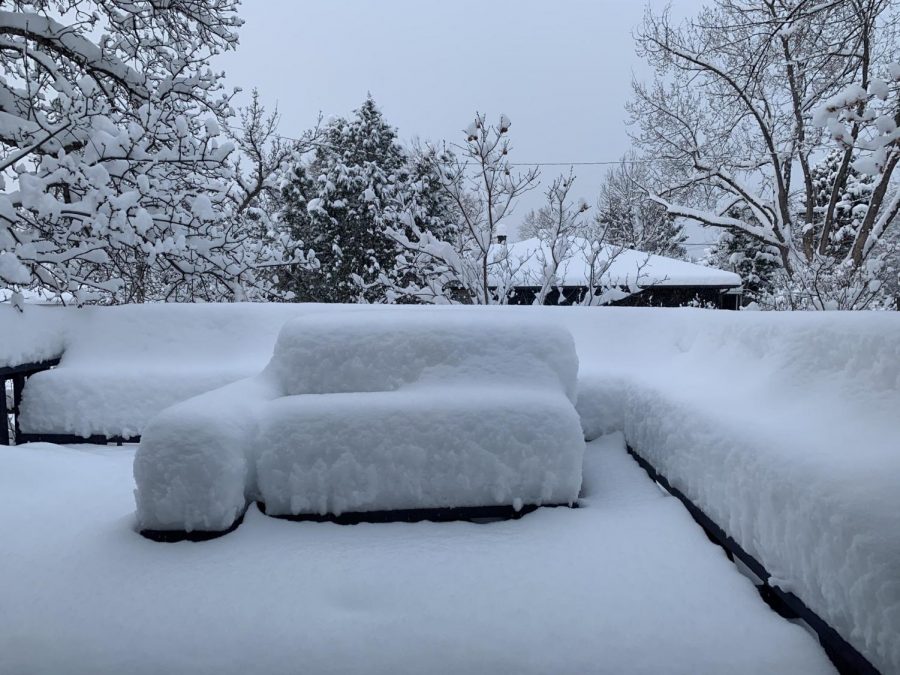
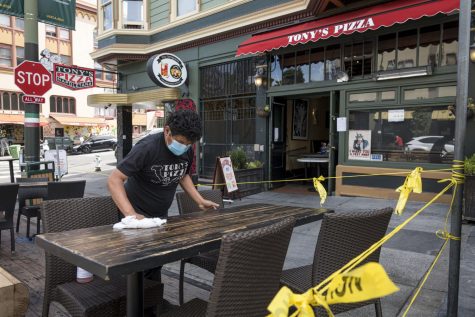

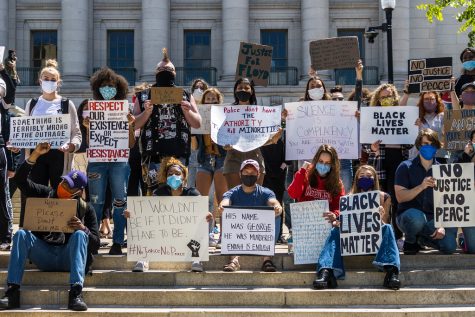
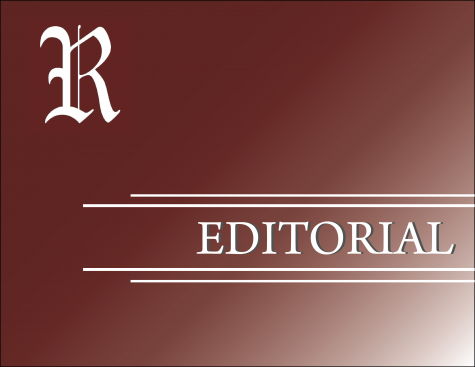
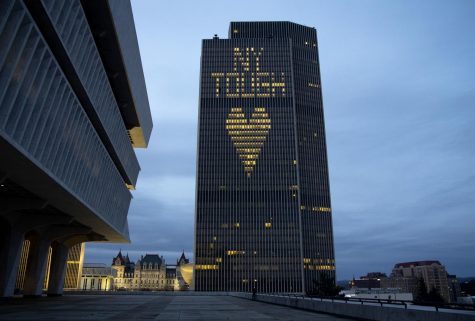


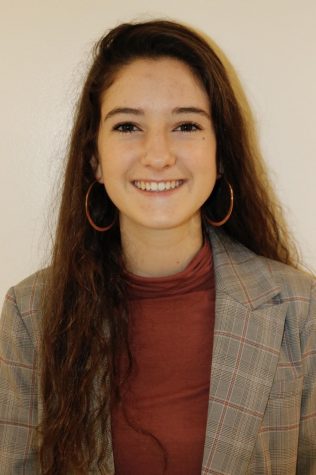
If you want a picture to show with your comment, go get a gravatar.